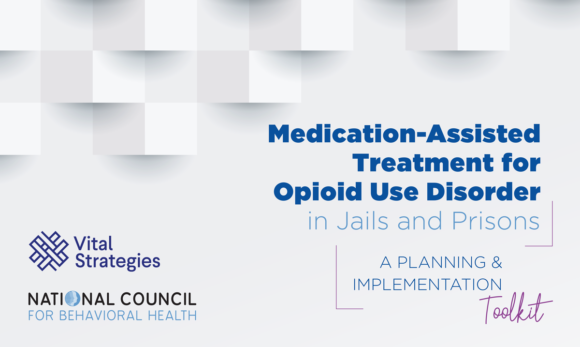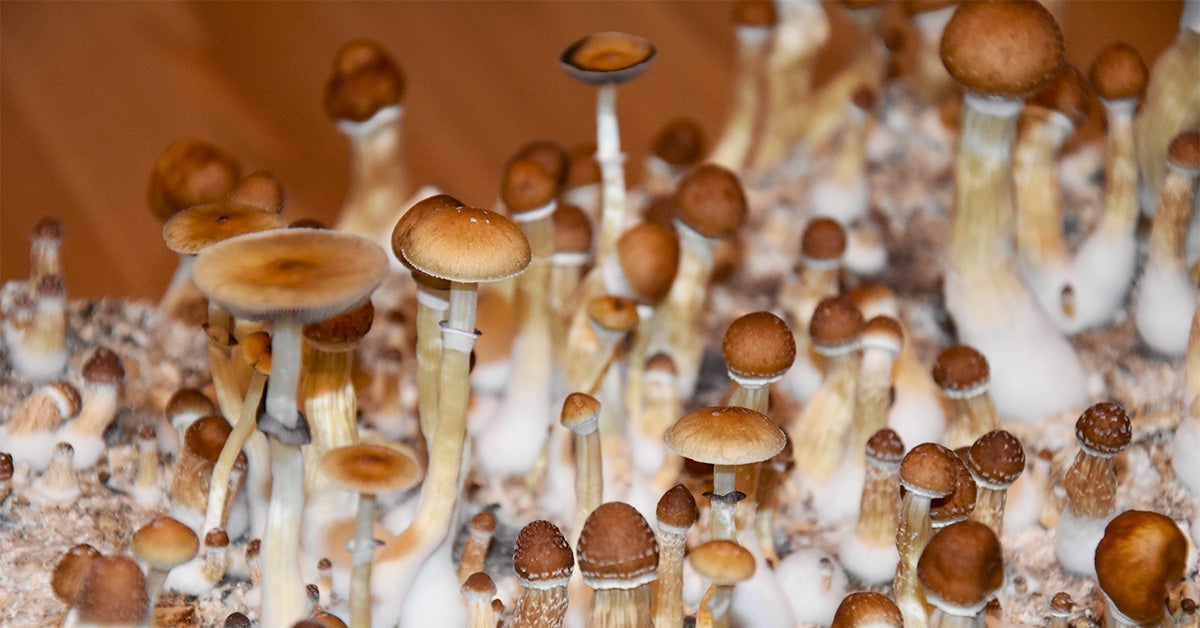Physical reliance can accompany the regular (daily or nearly everyday) usage of any substance, legal or illegal, even when taken as prescribed. It occurs due to the fact that the body naturally adjusts to routine direct exposure to a substance (e. g., caffeine or a prescription drug). When that compound is eliminated, (even if initially recommended by a physician) signs can emerge while the body re-adjusts to the loss of the compound.
Tolerance is the need to take higher dosages of a drug to get the exact same impact. how to help a friend with drug addiction. It typically accompanies reliance, and it can be challenging Hop over to this website to distinguish the two. Addiction is a chronic disorder identified by drug seeking and use that is compulsive, despite unfavorable repercussions. Nearly all addictive drugs directly or indirectly target the brain's benefit system by flooding the circuit with dopamine.
When triggered at regular levels, this system rewards our natural behaviors. Overstimulating the system with drugs, however, produces effects which strongly strengthen the behavior of drug use, teaching the individual to repeat it. The preliminary choice to take drugs is typically voluntary. However, with continued use, a person's capability to put in self-control can become seriously impaired - how to treat drug addiction at home.
Scientists think that these modifications modify the method the brain works and might help discuss the compulsive and destructive behaviors of a person who ends up being addicted. Yes. Dependency is a treatable, persistent disorder that Drug and Alcohol Treatment Center can be handled successfully. Research study shows that combining behavioral therapy with medications, if readily available, is the best method to guarantee success for most clients.
Getting My The Neurotransmitter Gaba Plays What Role In Drug Use And Addiction? To Work
Treatment approaches must be customized to resolve each patient's substance abuse patterns and drug-related medical, psychiatric, environmental, and social problems. Regression rates for patients with compound use disorders are compared with those struggling with hypertension and asthma. Regression is common and comparable across these diseases (as is adherence to medication).

Source: McLellan et al., JAMA, 284:16891695, 2000. No. The chronic nature of addiction means that relapsing to drug use is not just possible however also most likely. Relapse rates are comparable to those for other well-characterized chronic medical health problems such as hypertension and asthma, which likewise have both physiological and behavioral elements.
Treatment of persistent illness includes changing deeply imbedded habits. Lapses back to substance abuse suggest that treatment requires to be renewed or adjusted, or that alternate treatment is required. No single treatment is ideal for everybody, and treatment companies need to select an optimum treatment strategy in consultation with the specific patient and ought to consider the patient's unique history and circumstance.
The rate of drug overdose deaths involving artificial opioids other than methadone doubled from 3. 1 per 100,000 in 2015 to 6. 2 in 2016, with about half of all overdose deaths being associated with the artificial opioid fentanyl, which is low-cost to get and included to a range of illegal drugs.
Not known Details About Who Has A Drug Addiction Problem
If opium were the only drug of abuse and if the only sort of abuse was among regular, compulsive usage, conversation of dependency might be a simple matter. However opium is not the only drug of abuse, and there are probably as numerous type of abuse as there are drugs to abuse or, undoubtedly, as perhaps there are individuals who abuse.
Prejudice and lack of knowledge have caused the labelling of all usage of nonsanctioned drugs as addiction and of all drugs, when misused, as narcotics. The ongoing practice of dealing with addiction as a single entity is dictated by custom-made and law, not by the facts of dependency. The custom of relating substance abuse with narcotic dependency initially had some basis in reality.
Then numerous alkaloids of opium, such as morphine and heroin, were isolated and presented into usage. Being the more active concepts of opium, their dependencies were simply more serious. Later on, drugs such as methadone and Demerol were manufactured however their effects were still adequately comparable to those of opium and its derivatives to be consisted of in the older concept of addiction.
Then came different tranquilizers, stimulants, new and old hallucinogens, and the numerous mixes of each. At this moment, the unitary consideration of dependency became illogical. Legal efforts at control frequently required the addition of some nonaddicting drugs into old, recognized categoriessuch as the practice of calling cannabis a narcotic. Issues also developed in attempting to expand addiction to include habituation and, finally, substance abuse.
The Of When Did Drug Addiction Become A Disease
Raw opium. Erik Fenderson Common misconceptions worrying drug addiction have actually traditionally caused bewilderment whenever serious efforts were made to differentiate states of dependency or degrees of abuse. For several years, a popular mistaken belief was the stereotype that a drug user is a socially inappropriate lawbreaker. The carryover of this conception from decades previous is simple to understand but not very easy to accept today.

Numerous substances can acting on a biological system, and whether a particular compound comes to be considered a drug of abuse depends in big procedure upon whether it can eliciting a "druglike" effect that is valued by the user. For this reason, a substance's characteristic as a drug is imparted to it by usage.
The very same could be extended to cover tea, chocolates, or powdered sugar, if society wanted to use and consider them that method. The task of defining dependency, then, is the job of being able to identify in between opium and powdered sugar while at the very same time being able to welcome the truth that both can be subject to abuse.
This type of reference would still leave unanswered different concerns of accessibility, public sanction, and other factors to consider that lead individuals to value and abuse one sort of impact instead of another at a particular minute in history, but it does at least acknowledge that drug dependency is not a unitary condition.
The Best Strategy To Use For How Do You Prevent Drug Addiction
Some understanding of these physiological effects is necessary in order to value the difficulties that are experienced in attempting to consist of all drugs under a single definition that takes as its model opium. Tolerance is a physiological phenomenon that needs the private to use a growing number of of the drug in repeated efforts to achieve the very same result.
Although opiates are the prototype, a wide array of drugs elicit the phenomenon of tolerance, and drugs vary considerably in their capability to develop tolerance. Opium derivatives rapidly produce a high level of tolerance; alcohol and the barbiturates a really low level of tolerance. Tolerance is particular for morphine and heroin and, consequently, is considered a cardinal attribute of narcotic dependency.
This stage is soon followed by a loss of effects, both preferred and undesirable. Each brand-new level rapidly reduces impacts up until the specific gets to a very high level of drug with a similarly high level of tolerance. People can end up being practically completely tolerant to 5,000 mg of morphine per day, despite the fact that a "regular" clinically reliable dosage for the relief of pain would fall in the range of 5 to 20 mg.
Tolerance for a drug might be completely independent of the drug's capability to produce physical dependence. There is no Drug Detox completely appropriate description for physical reliance. It is thought to be connected with central-nervous-system depressants, although the difference in between depressants and stimulants is not as clear as it was when believed to be.